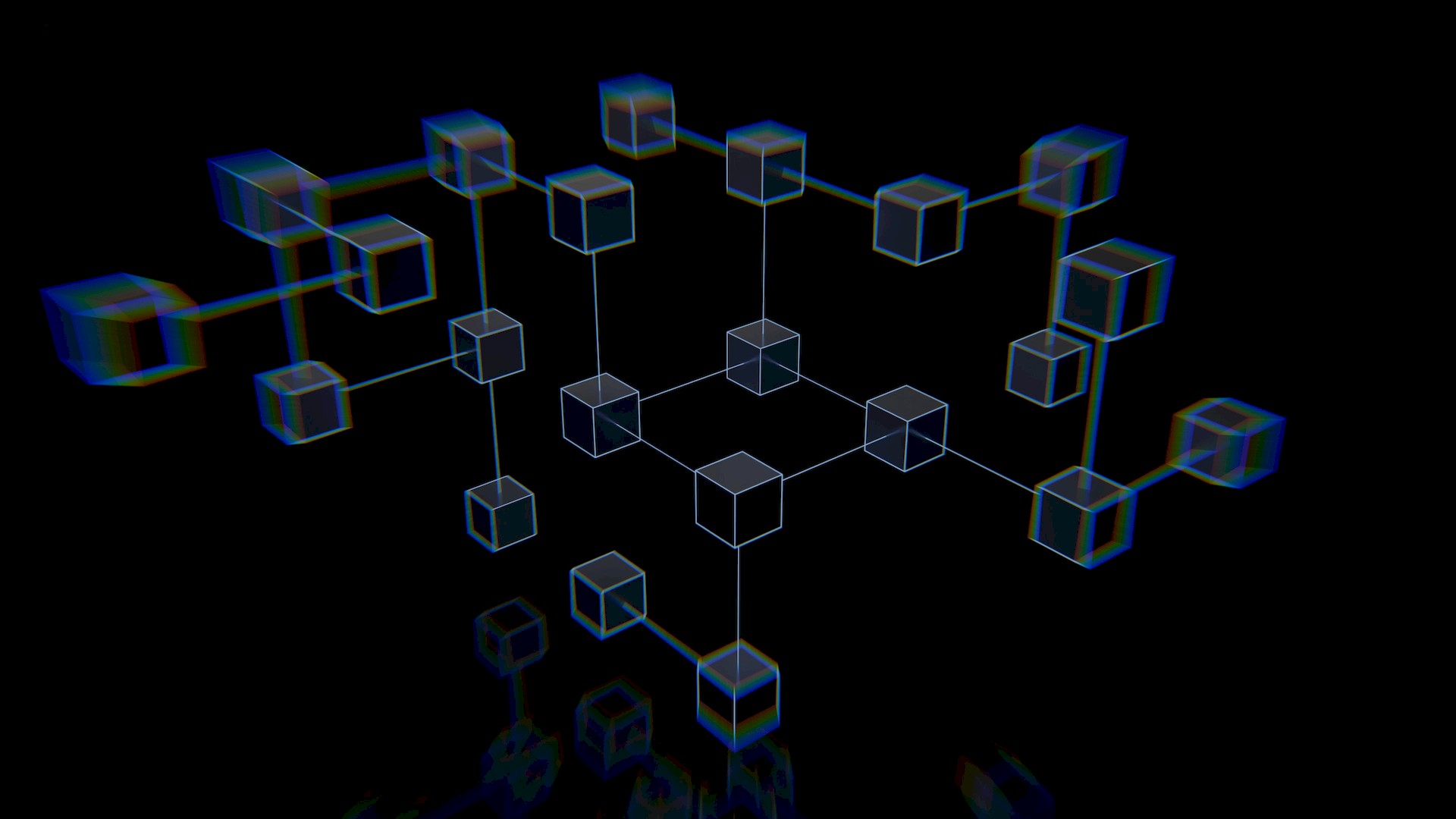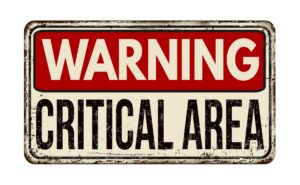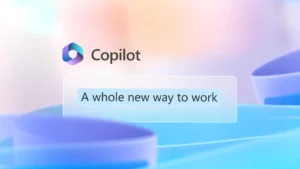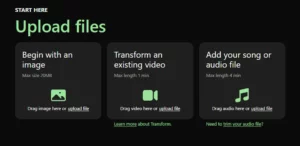2023 marked the year that institutions began to take a serious interest in real-world asset (RWA) tokenization, and the trend looks set to become one of the defining developments of 2024. However, the scope of opportunity isn’t limited to institutions. Firms like Blocksquare, which tokenize real estate investing, are also seeing increasing interest from across the globe, indicating that the increased liquidity and accessibility of digital real estate could be a pivotal draw for the adoption of tokenized RWAs.
Within the blockchain sphere, the concept of tokenized assets has been around since about 2017, when innovators began to explore the broad scope of potential use cases for Ethereum. Using smart contracts on a blockchain, the process of asset tokenization is relatively straightforward. The token type, either fungible or non-fungible, will be governed by the fungibility of the underlying asset, and the conditions governing the token issuance and operation can be coded into the underlying smart contract. Blockchain technology also offers several benefits that wouldn’t otherwise be possible using RWAs, such as the ability to fractionalize ownership of large-value items like artwork or real estate and transparency of ownership and issuance.
An Industry Awakens
Despite the potential, for many years, there was only one type of asset-backed token that gained any significant traction – stablecoins. While stablecoins such as USDT and USDC have come to represent billions of dollars of value, interest in tokenizing other types of assets remained relatively flat – until the last year or so.
Now, institutions and even governments are waking up to the opportunities of tokenizing all kinds of RWAs. Analysis from Van Eck reveals that the market capitalization of institutional tokenized real-world assets grew from zero in January 2023 to over $300 million by September, while consulting firm Roland Berger estimates that the market could grow to as much as $10 trillion by 2030.
A significant amount of this growth is expected to come from the tokenization of financial assets, which is the area that’s currently piquing the interest of institutions. Banking giant JPMorgan is one of those leading the pack, having announced in late 2023 that it has successfully demonstrated a proof of concept for the tokenization of money market funds for asset managers.

The initiative is being run as part of Project Guardian, a global collaboration between policymakers and the financial industry spearheaded by the Monetary Authority of Singapore, aimed at testing the feasibility of applications in asset tokenization and DeFi. The project recently announced its expansion to five further pilots, including an exploration of open shared infrastructure for hosting tokenized financial assets and applications. The collaboration only includes a handful of financial policymaking groups; however, the Bank of England, which is unrelated to Project Guardian, recently announced it was “bracing” for an increase in tokenized bank deposits, indicating that there’s a widespread acceptance that the shift to RWA tokenization is already underway.
Paving the way to tokenized real estate transactions
Aside from the tokenization of financial assets, Roland Berger predicts that the other major growth area for tokenization will be real estate. The opportunities in this sector are significant, offering the promise of increasing liquidity, lowering the barriers to participation for investors otherwise priced out of the market, and increasing price discovery and transparency.
Unfortunately, despite the promise, regulatory hurdles have thus far proven to be the biggest practical barrier to real estate tokenization on any meaningful scale. However, thanks to developments on the part of government and industry, things are starting to change.
Recent reports indicate that the Israeli Land Authority, the nation’s land registry, is investigating the development of a digital land registry that will support token-based real estate transactions. This includes fractionalization, allowing people to purchase an increment of a property or group of properties and thus promoting greater participation in the market.
From the industry side, tokenization provider Blocksquare has made a notable achievement in bridging off-chain real estate legal and contractual requirements to an on-chain real estate transaction, working within the confines of EU law. In September 2023, the company successfully concluded the sale of a parking lot as a proof of concept based on its advanced infrastructure designed explicitly for the tokenization of real estate assets. The Slovenian land registry officially notarized the landmark achievement in a legally binding sale agreement.
Blocksquare’s commitment to compliance and scalability is paying dividends, as the firm now has a presence enabling real estate asset tokenization in 19 countries and has delivered services to owners of 85 properties worth a total of $75 million – a figure that’s expected to grow further in 2024 as the interest in real estate tokenization takes off. The firm was also recently included in the 2023 Enterprise Ethereum Alliance Ethereum Business Readiness Report as a case study showcasing the use of Ethereum in an operational enterprise setting.
The world is only just waking up to the potential of RWA tokenization, and given the scale of experimentation and pace of development in 2023, it’s inevitable that the market will continue to expand at pace over the coming years. However, while tokenization of financial assets offers significant opportunities for institutions, the tokenization of real estate is the segment that will pave the way for widespread awareness and adoption.
Featured image credit: CHUTTERSNAP/Unsplash.
- SEO Powered Content & PR Distribution. Get Amplified Today.
- PlatoData.Network Vertical Generative Ai. Empower Yourself. Access Here.
- PlatoAiStream. Web3 Intelligence. Knowledge Amplified. Access Here.
- PlatoESG. Carbon, CleanTech, Energy, Environment, Solar, Waste Management. Access Here.
- PlatoHealth. Biotech and Clinical Trials Intelligence. Access Here.
- Source: https://dataconomy.com/2024/01/04/rwas-have-already-tokenized-hundreds-of-millions-which-industries-will-have-the-biggest-growth-in-2024/
- :has
- :is
- $UP
- 1
- 19
- 2017
- 2023
- 2024
- 2030
- a
- ability
- About
- acceptance
- accessibility
- achievement
- across
- Adoption
- advanced
- Agreement
- aimed
- All
- Alliance
- Allowing
- already
- also
- amount
- an
- and
- announced
- any
- applications
- ARE
- AREA
- around
- artwork
- AS
- asset
- Asset Tokenization
- asset-managers
- Assets
- At
- authority
- awareness
- Bank
- bank deposits
- Bank of England
- Banking
- barrier
- barriers
- based
- BE
- become
- been
- began
- being
- benefits
- Berger
- between
- Biggest
- billions
- binding
- blockchain
- blockchain technology
- bridging
- broad
- business
- by
- CAN
- capitalization
- case
- case study
- cases
- change
- coded
- Coindesk
- collaboration
- come
- coming
- commitment
- company
- compliance
- concept
- conditions
- consulting
- continue
- contract
- contracts
- contractual
- could
- countries
- Currently
- DeFi
- defining
- delivered
- demonstrated
- deposits
- designed
- Despite
- Development
- developments
- digital
- discovery
- dividends
- dollars
- draw
- either
- enabling
- England
- Enterprise
- Enterprise Ethereum Alliance
- estate
- ethereum
- EU
- Even
- Expand
- expansion
- expected
- explicitly
- exploration
- explore
- far
- feasibility
- Figure
- financial
- Firm
- firms
- five
- flat
- For
- For Investors
- fractionalization
- from
- funds
- Fungible
- further
- gained
- giant
- given
- Global
- globe
- governed
- governing
- Government
- Governments
- greater
- grew
- Group
- Group’s
- Grow
- Growth
- growth area
- guardian
- handful
- Have
- having
- High
- hosting
- However
- HTML
- HTTPS
- Hundreds
- hundreds of millions
- Hurdles
- image
- in
- includes
- Including
- Increase
- increased
- increasing
- increment
- indicating
- industries
- industry
- inevitable
- Infrastructure
- Initiative
- innovators
- Institutional
- institutions
- interest
- into
- investing
- Investors
- Israeli
- issuance
- IT
- items
- ITS
- January
- jpg
- JPMorgan
- just
- Land
- landmark
- Last
- Last Year
- Late
- Law
- leading
- Legal
- legally
- like
- Limited
- Liquidity
- LOOKS
- Lot
- lowering
- made
- major
- Managers
- many
- marked
- Market
- Market Capitalization
- MAS
- max-width
- meaningful
- million
- millions
- Monetary
- monetary authority
- Monetary Authority of Singapore
- money
- money market
- much
- Nations
- non-fungible
- notable
- now
- of
- off
- offering
- Offers
- Officially
- on
- On-Chain
- ONE
- only
- open
- operation
- operational
- opportunities
- Opportunity
- or
- Other
- otherwise
- out
- over
- owners
- ownership
- Pace
- parking
- part
- participation
- pave
- paying
- People
- Pilots
- pivotal
- plato
- Plato Data Intelligence
- PlatoData
- policymakers
- policymaking
- possible
- potential
- Practical
- Predicts
- presence
- price
- process
- project
- promise
- promoting
- proof
- proof of concept
- properties
- property
- proven
- provider
- purchase
- Readiness
- real
- real estate
- real world
- recently
- registry
- regulatory
- relatively
- remained
- report
- Reports
- represent
- Requirements
- Reveals
- Roland
- Roland Berger
- Run
- RWAs
- sale
- Scalability
- Scale
- scope
- sector
- seeing
- segment
- September
- serious
- Services
- set
- setting
- several
- shared
- shift
- showcasing
- side
- significant
- since
- Singapore
- slovenian
- smart
- smart contract
- Smart Contracts
- So
- spearheaded
- Stablecoins
- Starting
- straightforward
- Study
- Successfully
- such
- support
- Take
- takes
- Technology
- Testing
- thanks
- that
- The
- The Area
- There.
- things
- this
- Thus
- to
- token
- Tokenization
- tokenize
- tokenized
- tokenized assets
- Tokenized Real Estate
- tokenizing
- Total
- traction
- transaction
- Transactions
- Transparency
- Trend
- Trillion
- type
- types
- underlying
- Underway
- until
- USDC
- USDT
- use
- using
- value
- VanEck
- was
- Way..
- when
- which
- while
- widespread
- will
- within
- working
- world
- worth
- year
- years
- zephyrnet
- zero












